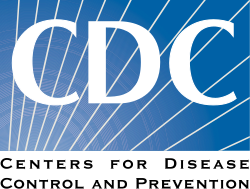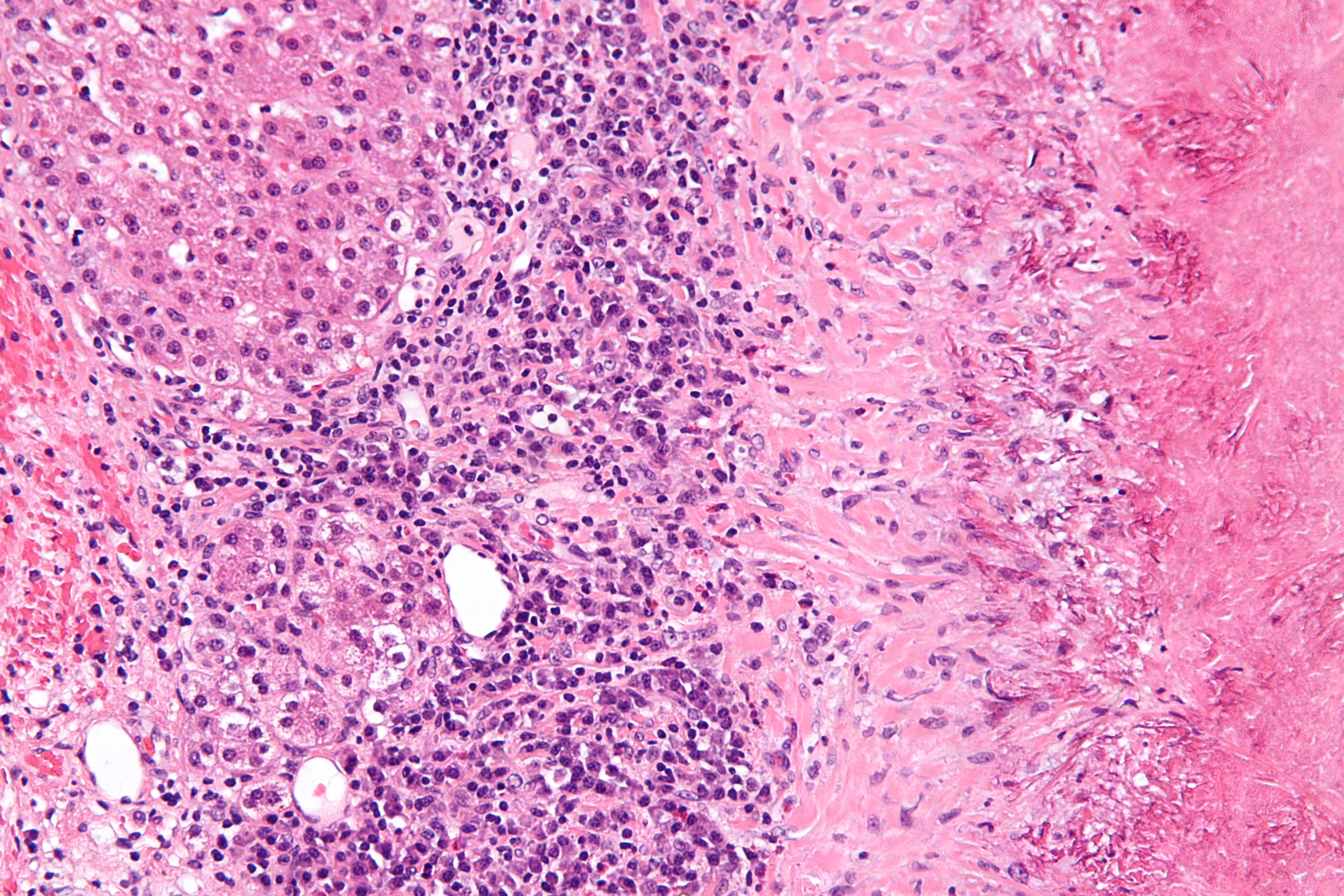Difference between revisions of "Main Page/Featured article of the week/2015"
Shawndouglas (talk | contribs) (Added last week's article of the week.) |
Shawndouglas (talk | contribs) (Added last week's article of the week.) |
||
| Line 17: | Line 17: | ||
<!-- Below this line begin pasting previous news --> | <!-- Below this line begin pasting previous news --> | ||
<h2 style="font-size:105%; font-weight:bold; text-align:left; color:#000; padding:0.2em 0.4em; width:50%;">Featured article of the week: January 5–11:</h2> | <h2 style="font-size:105%; font-weight:bold; text-align:left; color:#000; padding:0.2em 0.4em; width:50%;">Featured article of the week: January 12–18:</h2> | ||
<div style="padding:0.4em 1em 0.3em 1em;"> | |||
<div style="float: left; margin: 0.5em 0.9em 0.4em 0em;">[[File:NIST Testing standard interfaces.jpg|200px]]</div> | |||
A '''[[scientific data management system]]''' (SDMS) is a piece or package of software that acts as a document management system (DMS), capturing, cataloging, and archiving data generated by [[laboratory]] instruments ([[HPLC]], [[mass spectrometry]]) and applications ([[LIMS]], analytical applications, [[electronic laboratory notebook]]s) in a compliant manner. The SDMS also acts as a gatekeeper, serving platform-independent data to informatics applications and/or other consumers. | |||
As with many other [[laboratory informatics]] tools, the lines between a [[LIMS]], [[ELN]], and an SDMS are at times blurred. However, there are some essential qualities that an SDMS owns that distinguishes it from other informatics systems. It's built to handle unstructured, mostly heterogeneous data; it typically acts as a seamless "wrapper" for other data systems like LIMS and ELN in the laboratory; and it is designed primarily for data consolidation, knowledge management, and knowledge asset realization. An SDMS also must be focused on increasing research productivity without sacrificing data sharing and collaboration efforts. ('''[[Scientific data management system|Full article...]]''')<br /> | |||
</div> | |||
|- | |||
|<br /><h2 style="font-size:105%; font-weight:bold; text-align:left; color:#000; padding:0.2em 0.4em; width:50%;">Featured article of the week: January 5–11:</h2> | |||
<div style="padding:0.4em 1em 0.3em 1em;"> | <div style="padding:0.4em 1em 0.3em 1em;"> | ||
<div style="float: left; margin: 0.5em 0.9em 0.4em 0em;">[[File:US CDC logo.svg|220px]]</div> | <div style="float: left; margin: 0.5em 0.9em 0.4em 0em;">[[File:US CDC logo.svg|220px]]</div> | ||
Revision as of 17:23, 19 January 2015
|
|
If you're looking for the 2014 archive, it can be found here. |
Featured article of the week archive - 2015
Welcome to the LIMSwiki 2015 archive for the Featured Article of the Week.
Featured article of the week: January 12–18:A scientific data management system (SDMS) is a piece or package of software that acts as a document management system (DMS), capturing, cataloging, and archiving data generated by laboratory instruments (HPLC, mass spectrometry) and applications (LIMS, analytical applications, electronic laboratory notebooks) in a compliant manner. The SDMS also acts as a gatekeeper, serving platform-independent data to informatics applications and/or other consumers. As with many other laboratory informatics tools, the lines between a LIMS, ELN, and an SDMS are at times blurred. However, there are some essential qualities that an SDMS owns that distinguishes it from other informatics systems. It's built to handle unstructured, mostly heterogeneous data; it typically acts as a seamless "wrapper" for other data systems like LIMS and ELN in the laboratory; and it is designed primarily for data consolidation, knowledge management, and knowledge asset realization. An SDMS also must be focused on increasing research productivity without sacrificing data sharing and collaboration efforts. (Full article...)
|












